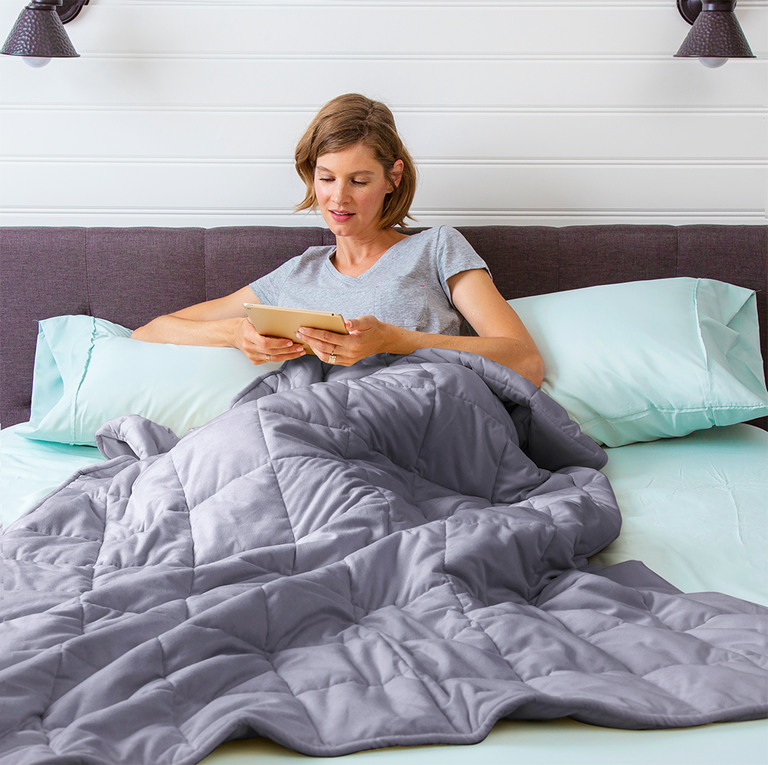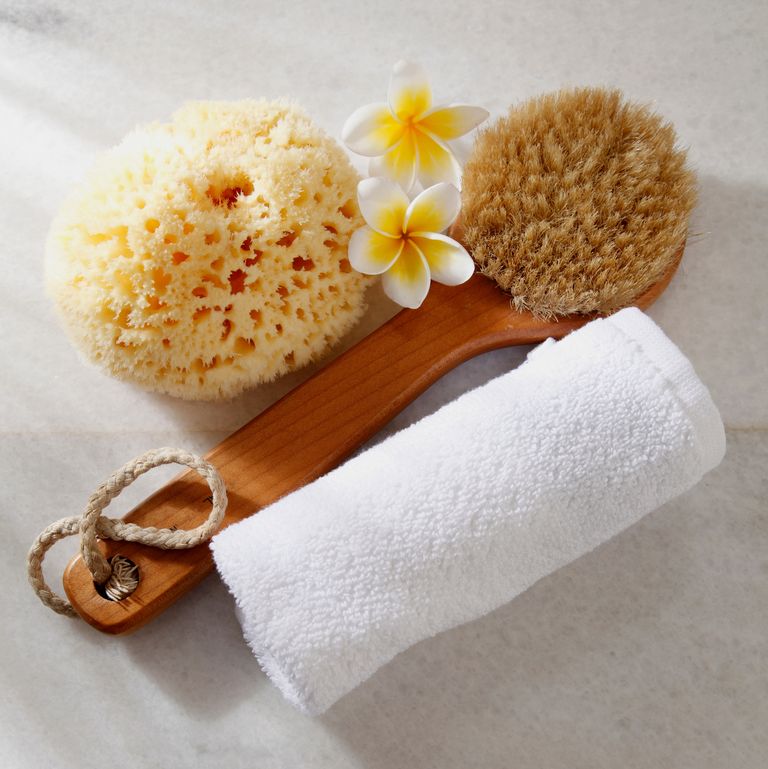Ayurveda is an ancient lifestyle practice which aims to create harmony within the body. Practised widely in India, it works on the belief that all life forms have a “dosha” – a unique mix of energies known as “vata”, “pitta” and “kapha”. This is similar to the Western idea of elements – water, fire, earth, and so on.
Sunita Passi, founder of Tri Dosha and Ayurvedic practitioner explains: “The Sanskrit term ‘dosha’ is probably the best-known principle of Ayurveda today, the fundamental goal of Ayurvedic practice is to maintain your own innate ‘doshic’ balance.”
“Initially, there are three doshas, or body types. Vata is composed of ether [space] and air. Pitta is composed of fire and water. Kapha is composed of water and earth. Each one of us has a unique combination of Vata, Pitta and Kapha. But there are also duo and tri-doshic types for example Vata/Pitta or Vata/Pitta/Kapha.”
“Each dosha type has specific tendencies. For example, Vata means ‘to move’ or ‘to enthuse.’ Vata people have alert minds, a refreshing imagination, and lots of energy, but they can burn out quickly through over-activity. Pitta means ‘to cook’ or ‘to burn.’ Pitta people are skillful and bright. They also get easily offended and can be domineering. Kapha means ‘to stick’ or ‘keep together.’ Generally stable and patient, Kapha people are laid back and not easily provoked, but once enraged; it takes some time to calm them down again.”
A person’s dosha determines the kind of lifestyle that is balancing and healthy for them, including the sorts of food they should eat and the amount and type of exercise they should do. Ayurveda covers a variety of techniques, from detoxification, diet and herbal prescriptions, to yoga, meditation and massage therapy.

What are Ayurvedic spa treatments?
Most Ayurvedic spa treatments involve some degree of massage, with therapeutic essential oils chosen to suit your dosha. The massage techniques used include tapping, kneading and squeezing as well as the more traditional massage strokes you would expect. The style and flow of the massage is determined by who you are, and what your body needs for balance and wellbeing at the time. An Ayurvedic therapist is trained to focus on the “marma points” – similar to the pressure points in reflexology, acupuncture and acupressure.
What are Ayurvedic treatments good for?
When combined with other Ayurvedic principles (eating a range of food prescribed by one’s dosha, for example, or exercising at certain times of the day), your Ayurvedic spa treatment is designed to:
- detoxify and cleanse
- boost the effectiveness of your immune system
- keep you in good health
- help those with medical conditions to improve their overall well-being.
Before you go
Don’t make any arrangements for a couple of hours after your treatment. You’ll need time to relax and wash the herbal oil out of your hair. It’s a good idea to refrain from large meals and alcohol in the hours leading up to your treatment, too.

Precautions
Any Ayurvedic treatment will be tailored to suit you, so your therapist is likely to ask detailed questions about you and your health, in order to determine which oils and massage strokes will best suit your body. As with all types of massage, it’s important to share any medical concerns or worries you may have at the start of your session. Not all oils or massage techniques are safe during pregnancy, so it’s also important to tell your therapist if you are – or think you might be – pregnant.
What to expect from an Ayurvedic treatment
Before your treatment begins, your therapist will ask you questions about your lifestyle and health, to determine your dosha. She may also assess your skin type, and choose herb-infused oils accordingly. Because it is so personal, no two Ayurvedic treatments are the same.
If you are having an Ayurvedic massage, the therapist (or maybe two therapists working in unison) will tailor the intensity and level of pressure to what suits you best. During an Ayurvedic massage, your therapist (or therapists) might utter dosha mantras, designed to help balance your body, mind and spirit. The massage is likely to be quite oily, and some of the oil gets rubbed into your forehead and hair.
Hot tip!
Check with the spa in advance about what you should wear. Ayurvedic treatments are usually very oily, so if you choose to wear anything, make sure it’s dispensable.
Afterwards
You’ll probably want to relax for a while, taking a long, leisurely shower to wash off all the herbal oil. Sip some water to re-hydrate yourself and enjoy feeling calm, composed and balanced for the rest of the day.
There are lots of different kinds of Ayurvedic spa treatments. They include:
- Ayurvedic Indian head massage.
- Abhyanga: An individually prepared herbal oil massage.
- Abhyanga-Garshana: A dry lymphatic skin brushing followed by a herbal oil massage.
- Vishesh: A deep muscular massage using herbal oils.
- Pizzichili: A two-therapist massage using warm herbal oils.
- Shiro-Abhyanga-Nasya: Deep head, neck and shoulder massage, facial lymphatic massage and aromatic steam.
- Ayurvedic foot massage: A deep massage in which the therapist uses his or her feet to massage you.
- Udwarthanam: A slimming treatment involving deep massage with herbal powders.
- Ayurvedic Shirodhara: A treatment using oil poured on the forehead.
- Ayurvedic face and marma therapy: A facial using a herbal mask and individually prepared oils.
Source: goodspaguide.co.uk






Leave A Comment
You must be logged in to post a comment.